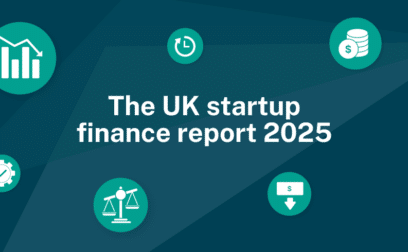Definition
A business model is a framework or plan that outlines how a company creates, delivers, and captures value. It encompasses all aspects of a business, from its products or services to its revenue streams and operational strategies.
What is a business model?
A well-defined business model is crucial for a company’s success, as it provides a clear roadmap for how it will generate revenue and sustain its operations.
Here are the key components in business model:
- Value proposition: This outlines the unique value that a company offers to its customers, how it differs from competitors, and addresses the specific customer needs.
- Customer segments: This identifies the specific groups of people or organisations that the company aims to serve.
- Revenue streams: This defines the ways in which a company generates income from its customers. It can include sales of products or services, subscription fees, licensing, advertising etc.
- Distribution channels: These are the various methods a company employs to deliver its products or services to customers. Channels can include direct sales, online platforms, wholesalers, retailers, and more.
- Customer relationships: This outlines the strategies and methods a company uses to build and maintain relationships with its customers.
- Key resources: These are the critical assets, skills, and capabilities a company needs to operate effectively.
- Key activities: This encompasses the core functions and processes that a company must perform to create and deliver value to its customers. It includes production, marketing, sales, and customer support, among others.
- Key partnerships: This involves collaborations with other businesses, suppliers, or organisations that help the company operate efficiently and enhance its value proposition.
- Cost structure: This outlines all the expenses and costs associated with operating the business. It covers both fixed costs and variable costs.
A business model should consider how the company plans to scale its operations and expand its customer base over time. Furthermore, a successful business model is not static; it should be adaptable to changes in market conditions, customer preferences, and technological advancements.
Example of a business plan
Here’s a simplified example of a business model for an online subscription-based streaming service called “Streamify”:
- Value proposition:
- Streamify offers a vast library of on-demand streaming content, including movies, TV shows, and exclusive original productions. The platform provides a convenient and affordable way for users to access a wide range of entertainment content from any device with an internet connection.
- Customer segments:
- Streamify targets a broad customer base, including individuals who enjoy streaming movies and TV shows. The service caters to various demographics.
- Channels:
- The primary channel for Streamify is its online streaming platform accessible through web browsers, mobile apps, and smart TVs. Users can sign up for subscriptions directly on the website or through mobile app stores.
- Customer relationships:
- Streamify focuses on building strong customer relationships through personalised recommendations, user-friendly interfaces, and responsive customer support. The platform uses data analytics to understand user preferences and enhance the content recommendation algorithm.
- Revenue streams:
- Streamify generates revenue through subscription fees. Users can choose from different subscription plans. The subscription fees are the primary source of income for the service.
- Key resources:
- Key resources for Streamify include content licensing agreements with studios and production houses, a robust streaming infrastructure, and a talented team of content curators and technical experts.
- Key activities:
- Streamify’s key activities include content acquisition and licensing, platform development and maintenance, marketing and user acquisition, and continuous improvement of the streaming experience.
- Key partnerships:
- Streamify forms partnerships with content creators, production studios, and technology providers. These partnerships are crucial for securing exclusive content, ensuring a smooth streaming experience, and expanding the platform’s content library.
- Cost structure:
- The main costs for Streamify include content licensing fees, technology infrastructure maintenance, marketing expenses, and personnel costs. As the user base grows, scaling the technology infrastructure becomes a significant consideration.


































 yet? Register here!
yet? Register here!